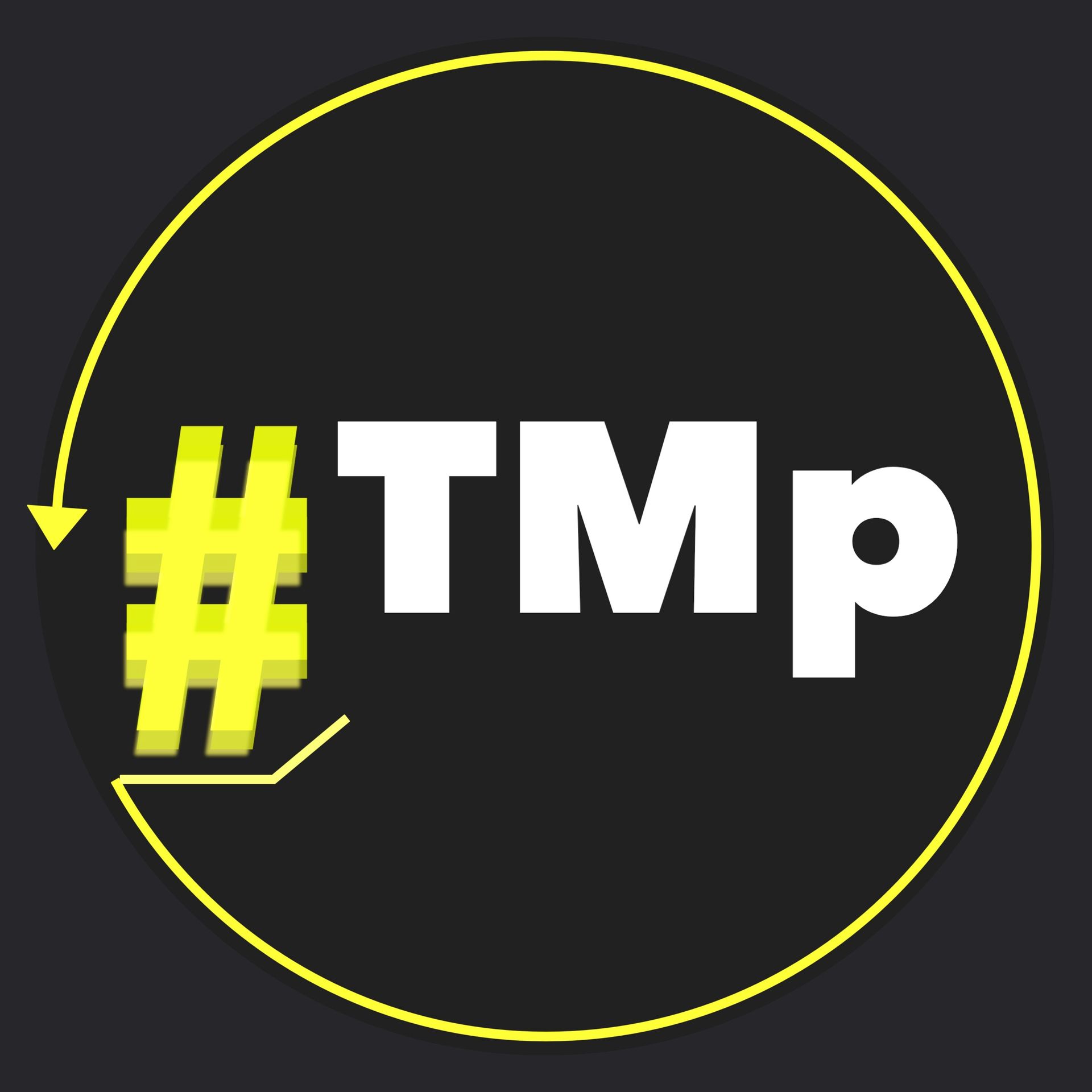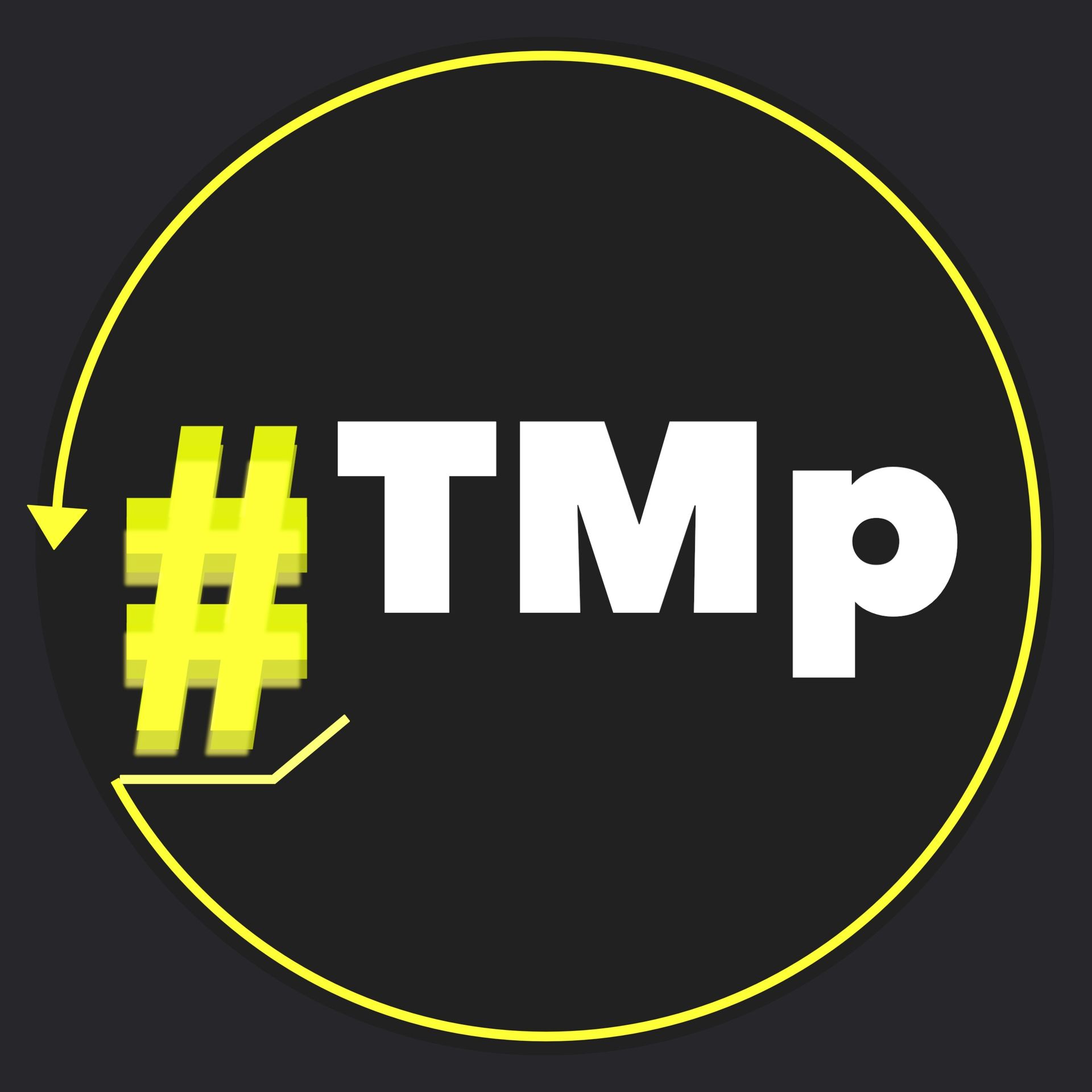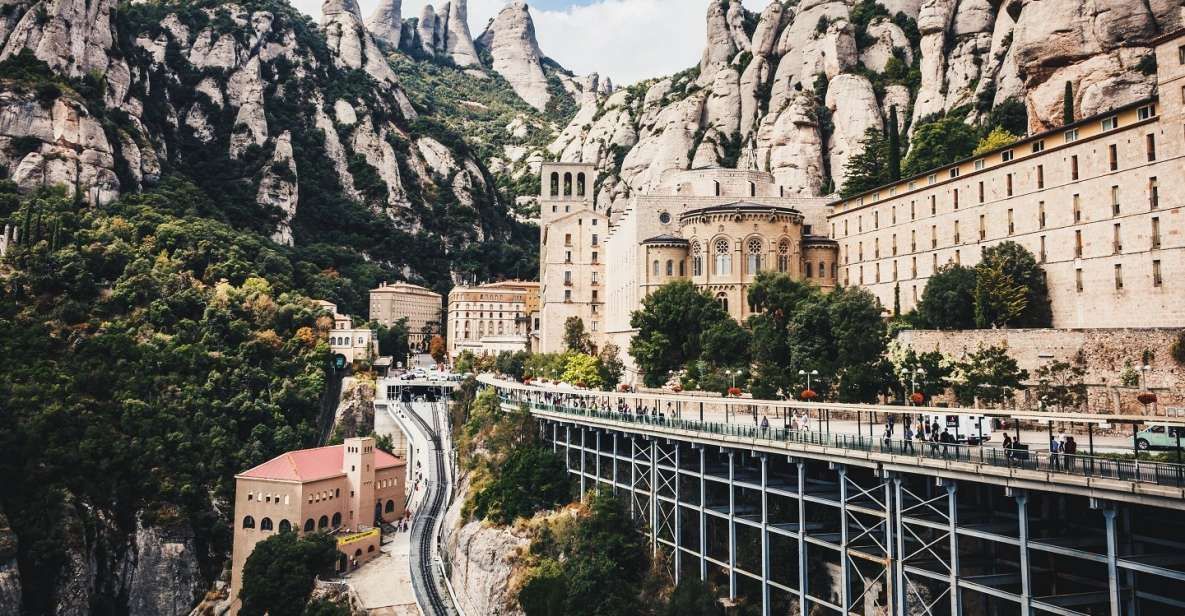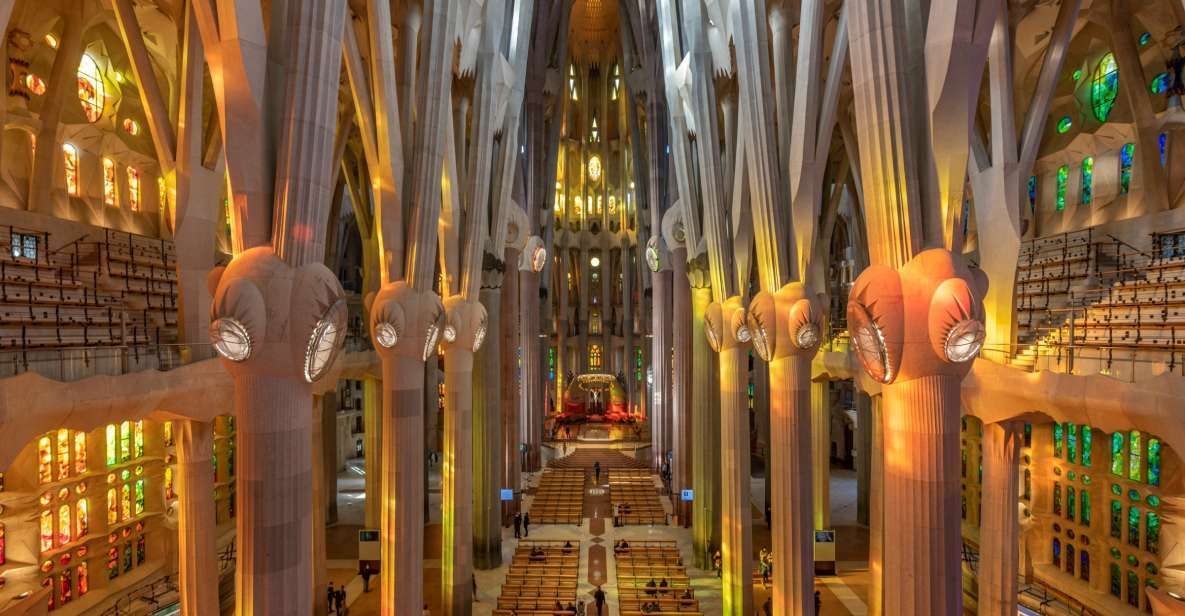🌆 Explore Cities & Regions In North Korea
How to Experience North Korea: Top Destinations and Reasons to Go
North Korea, often shrouded in mystery and intrigue, offers travelers a unique glimpse into a nation largely isolated from the rest of the world. While visiting North Korea comes with its complexities and regulations, it also presents an opportunity to explore its top attractions, engage in intriguing activities, and immerse oneself in its distinctive culture. This comprehensive guide will delve into how to discover hidden gems, uncover the best attractions, understand what to expect, and more, ensuring you're well-prepared for this extraordinary journey.
Top Attractions and Hidden Gems
Pyongyang
As the capital city and political center of North Korea, Pyongyang is a must-visit. Explore the monumental Kim Il Sung Square, the impressive Juche Tower offering panoramic views of the city, and the serene Pyongyang Metro, known for its stunning architecture and artwork.
Demilitarized Zone (DMZ)
A visit to the DMZ, which separates North and South Korea, is an unparalleled experience. Witness the tense border, visit the Joint Security Area (JSA), and gain insight into the Korean War history at places like Panmunjom and the Third Tunnel of Aggression.
Mount Kumgang
Located in the southeast, Mount Kumgang is a scenic mountain range known for its natural beauty, waterfalls, and hiking trails. It offers a peaceful retreat amidst North Korea's rugged landscape.
Kaeson Youth Park
This amusement park in Pyongyang provides a glimpse into everyday life in North Korea. Enjoy rides, observe locals, and experience the park's unique atmosphere.
Kaesong
A historic city near the DMZ, Kaesong is known for its well-preserved traditional architecture, including the UNESCO-listed Kaesong Koryo Museum and the Tomb of King Kongmin.
Activities and Experiences
Guided Tours
All travel to North Korea must be arranged through approved tour operators, and guided tours are mandatory. These tours provide structured itineraries that include visits to key attractions, cultural performances, and interactions with locals, offering a curated insight into the country.
Mass Games
Witness the Mass Games, a spectacular performance involving thousands of performers showcasing gymnastics, dance, and artistic displays. It’s a grand display of national pride and unity.
Cultural Exchanges
Engage in cultural exchanges through visits to schools, farms, and local communities. These interactions offer a deeper understanding of everyday life and traditions in North Korea.
Visiting Monuments and Museums
Explore monuments and museums dedicated to North Korea’s leadership, such as the Mansu Hill Grand Monument and the Revolutionary Martyrs’ Cemetery. These sites offer insights into the country’s ideology and history.
Folk Villages
Visit traditional Korean folk villages like Chongchon and Pyongyang Folk Village to experience traditional architecture, crafts, and performances that highlight North Korea's cultural heritage.
Best Time to Visit
The best time to visit North Korea is during the spring (April to June) and autumn (September to October) months. During these seasons, the weather is mild and pleasant, making it ideal for outdoor activities and sightseeing. Summer (July to August) can be hot and humid, while winter (December to February) is cold and snowy, limiting travel options.
Cities of Interest
Pyongyang
As the capital and largest city, Pyongyang is the main hub for cultural and political activities. It offers a mix of modern architecture and socialist-era monuments, providing a window into North Korea’s development.
Kaesong
Known for its historical significance, Kaesong showcases traditional Korean architecture and cultural heritage. It’s a UNESCO-listed city that offers a glimpse into Korea’s medieval history.
Nampo
Located southwest of Pyongyang, Nampo is a port city known for its agricultural production and industrial sites. Visit the West Sea Barrage and Chongsan-ri Cooperative Farm for insights into North Korea’s economic activities.
Wonsan
A coastal city on the eastern side, Wonsan offers beaches, seafood markets, and scenic views of the Sea of Japan. It’s a popular destination for local tourists and provides a different perspective on North Korean life.
Sinuiju
Situated near the Chinese border, Sinuiju serves as an important trade gateway and offers glimpses into cross-border interactions. Visit local markets and observe daily life in this bustling border city.
What to Expect: Food, Nightlife, and Culture
Food
North Korean cuisine reflects its agricultural heritage with dishes like kimchi (fermented vegetables), cold noodles (naengmyeon), and rice-based meals. Meals are typically served communally, emphasizing shared dining experiences and hospitality.
Nightlife
Nightlife in North Korea is limited compared to Western standards. Hotels may offer bars and karaoke, and cultural performances like the Mass Games provide evening entertainment. Socializing with locals can offer insights into everyday leisure activities.
Culture
North Korean culture revolves around socialist ideology, emphasizing collective values, national pride, and respect for leadership. Cultural performances, art exhibitions, and historical monuments reflect these values and celebrate the country’s achievements.
Conclusion
Traveling to North Korea offers a unique opportunity to explore a nation with a rich cultural heritage and complex political history. From exploring monumental sites in Pyongyang to engaging in cultural exchanges with locals, every aspect of the journey provides insights into North Korean life and society. By understanding the best attractions, activities, and cultural nuances, travelers can embark on a journey that goes beyond the headlines, revealing the hidden gems and cultural wonders of this enigmatic country. Prepare for an unforgettable adventure into the heart of North Korea, where every experience is a step towards understanding its past, present, and future.



